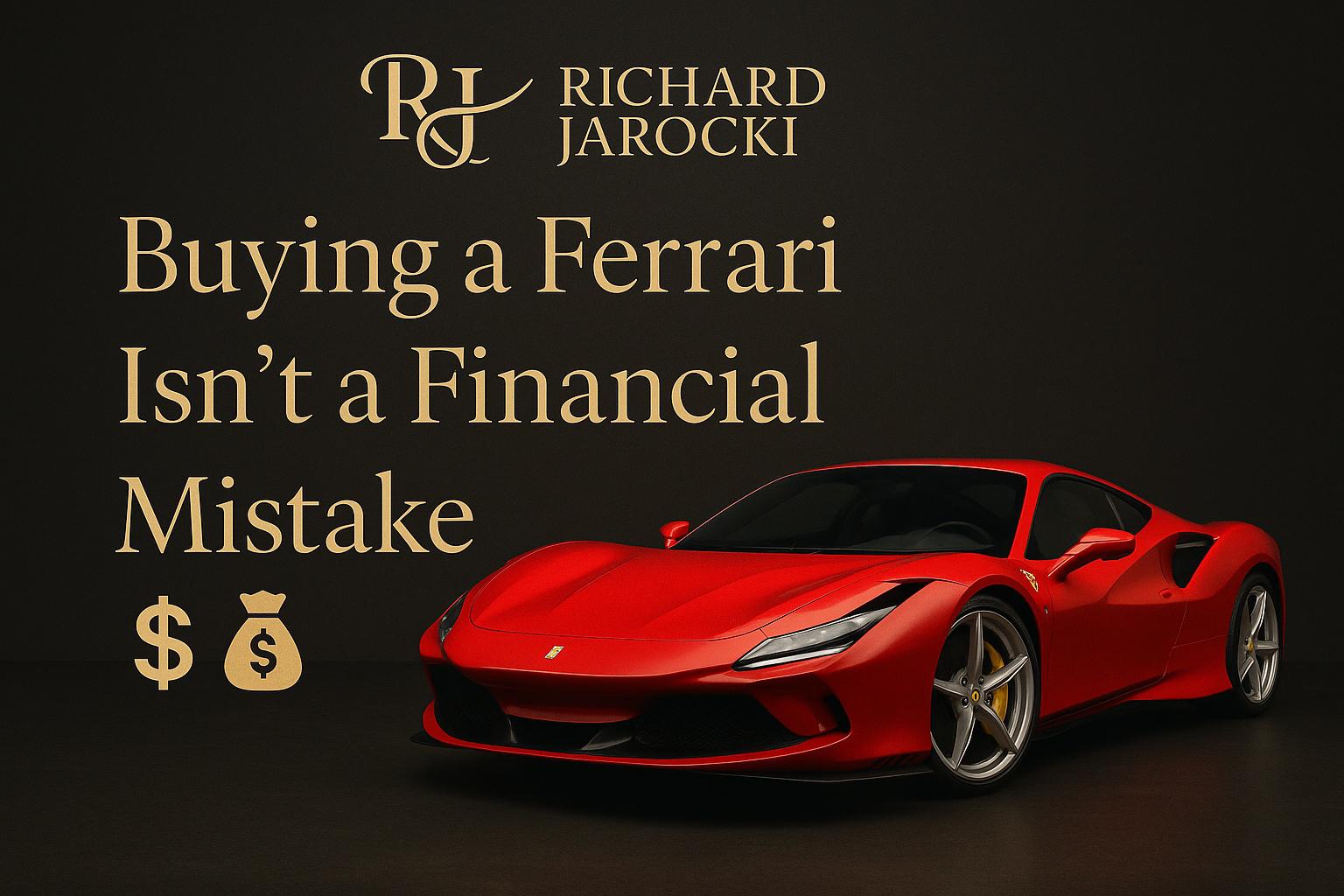
The Misconception: “Worst Financial Decision”
Recently, SelfEmployed.com published an article calling Ferrari ownership a financial nightmare. The author cites depreciation, insurance, and maintenance as reasons why their supercar became a money pit.
While those concerns are real for unprepared buyers, they overlook key facts about Ferrari’s ownership experience—and the doors it can open.
Ferrari sets the benchmark with its Genuine Maintenance Program, covering seven years of free scheduled maintenance on every new car.
This isn’t a small perk—it’s the longest free maintenance program in the industry, and it helps preserve resale value. Where other supercars saddle you with $3K–$5K per service, Ferrari takes care of it for nearly a decade.
Ferrari’s warranty structure is equally robust:
Compared to other exotics, the costs are surprisingly reasonable—roughly $5K–$6K a year for extensions. That’s cheaper insurance against catastrophic repairs than rolling the dice on the open market.
Ferrari insurance can be daunting if you only look at standard providers. The smart move? Use collector and exotic car insurers like Hagerty, Chubb, or Grundy. These companies understand limited-use vehicles and offer:
For many Ferrari owners, premiums through specialty insurers are 20–40% lower than mainstream carriers, making insurance costs far more manageable than critics suggest.
Buying a Ferrari isn’t just about the machine—it’s about joining a global community. Ferrari dealers and the brand itself organize exclusive rallies, track days, and lifestyle events.
These aren’t just car meets—they’re networking goldmines. You’ll find yourself mingling with entrepreneurs, executives, and high-net-worth individuals who share your passion for performance and excellence.
If success is about who you surround yourself with, Ferrari ownership places you directly in the orbit of people who think—and live—at a high level.
Yes, Ferraris lose value if driven heavily. But these aren’t commuter cars—they’re designed for high-performance experiences, not Costco runs.
The depreciation argument falls apart if you recognize Ferraris for what they are: passion investments, not daily transportation.
Not every Ferrari is the right choice for every buyer. Older models like the 348, 355, or even some early V12s can be expensive to maintain—clutch jobs, timing belt services, and obscure parts can quickly reach five figures.
If you don’t have hundreds of thousands in disposable income, those cars can indeed feel like financial traps. For first-time buyers without that financial cushion, newer Ferraris with the 7-year maintenance program and warranty extensions are often the smarter entry point.
In short: a Ferrari should stretch your adrenaline, not your finances.
Owning a Ferrari is about more than spreadsheets and depreciation curves. It’s about the thrill of 8,000 RPMs, the artistry of design, and being part of a legacy that blends road and racing heritage.
By combining:
…Ferrari has structured ownership to be far more rewarding—and more financially sustainable—than critics admit.
Calling a Ferrari the “worst financial decision” misses the point. For those who plan ahead, Ferrari provides more support than almost any other exotic brand. Ownership isn’t about saving pennies at the pump—it’s about preserving performance, expanding your circle, and joining an elite automotive culture.
Ferrari isn’t for everyone. But for the right person—someone who values both driving and networking—it can be one of the best investments in your lifestyle you’ll ever make.